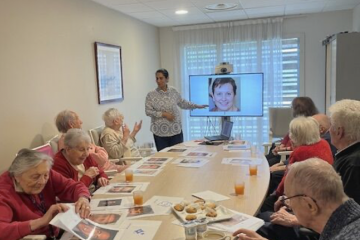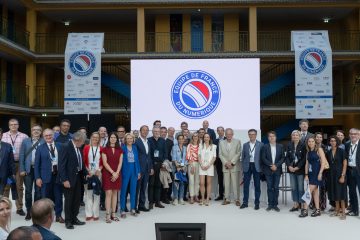Séminaire scientifique animé par Diane Larlus – Vendredi 7 mai – 15h
ABSTRACT
Computer vision has found its way towards an increasingly large number of applications, thanks to the recent success of deep learning approaches. One reason for this success is the development of large and powerful deep learning architectures which produce visual features that are generic enough to be applied directly to – or be the starting point of a large variety of target tasks. Yet, training such generic architectures requires large-scale data, extensive human annotations, and heavy computational resources. In order to reduce the training cost of transferable descriptors, recent approaches have looked at ways to allow for noisy, fewer, or even no annotations to perform such pre-training.
The first part of this presentation will cover our recent contributions in this direction. Second, we consider the deployment of a model which is sequentially exposed to different visual domains and incrementally adapts through model updates. Most standard learning approaches lead to fragile models which are prone to drift when such updates are performed, a problem known as the ‘catastrophic forgetting’ issue. During this talk, we will discuss a new strategy based on metalearning and domain randomization designed to mitigate catastrophic forgetting. The different contributions in this presentation are part of the lifelong representation learning chair from the MIAI research institute.
About Diane Larlus
Diane Larlus is a principal research scientist at Naver Labs Europe and leads a Chair on Lifelong representation learning within the MIAI research institute of Grenoble. Her research mainly focuses on learning representations with weak supervision, continual learning, and visual search. She is particularly interested in getting a semantic understanding of visual scenes. As a PhD student, she worked at INRIA Grenoble and interned at the JRL/AIST robotics lab (Tsukuba, Japan). After a postdoctoral experience at TU Darmstadt, Germany, she joined the European research center of Xerox. She now works at NAVER LABS Europe. Diane Larlus regularly serves as area chair for major computer vision conferences and is an editor for the international journal of computer vision.


